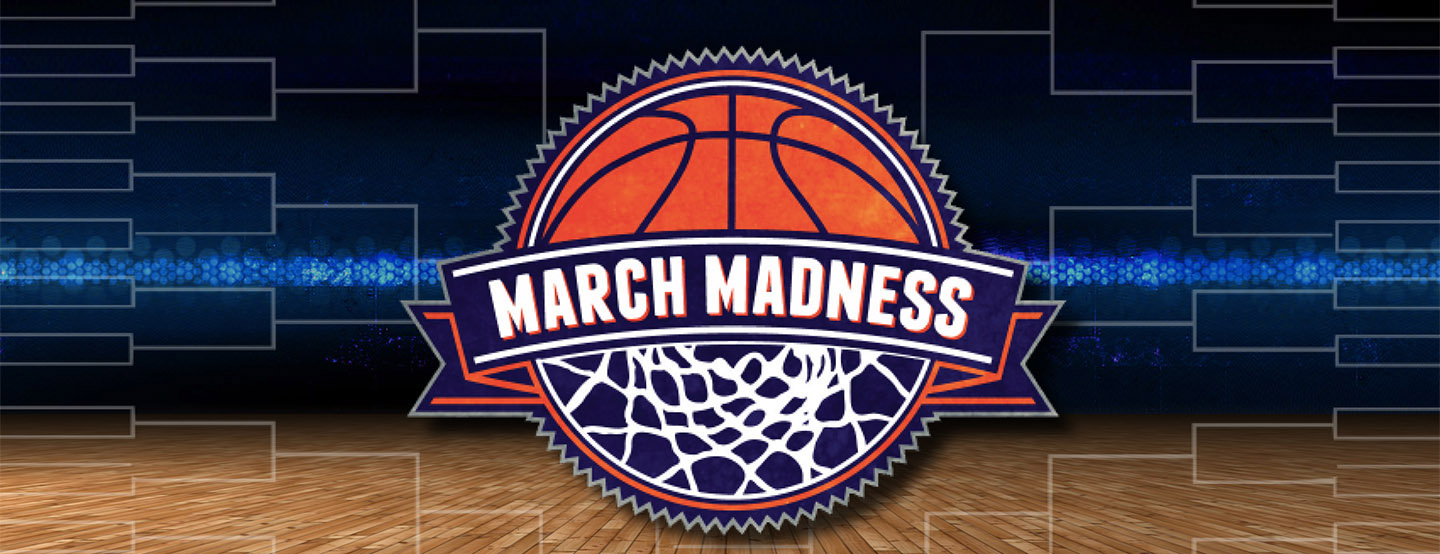March Madness – the term alone sends a rush of excitement through the veins of basketball fans everywhere. It’s that special time of year when college basketball teams from across the United States come together to compete for the ultimate title – NCAA Division I Basketball Champion. But how did this annual tradition begin, and how has it grown into the phenomenon it is today? In this article, we’ll delve into the origins, memorable moments, and the enduring appeal of March Madness. So grab your foam fingers and get ready to cheer, because it’s time to explore the history of this fantastic event.
The Early Days: From Humble Beginnings to a National Phenomenon
The seeds of March Madness were planted in 1939 when the first-ever NCAA Basketball Tournament took place. Organized by the National Association of Basketball Coaches and the brainchild of Ohio State University coach Harold Olsen, this inaugural event featured just eight teams. The Oregon Webfoots (now known as the Ducks) emerged victorious, claiming the title over Ohio State in a nail-biting championship game.
Fast-forward to 1951, and the tournament had expanded to 16 teams, paving the way for the growth and popularity that would follow. By 1975, the field had doubled again to include 32 teams, and 1985 saw a significant leap to 64 teams, allowing even more schools the opportunity to vie for college basketball’s ultimate prize.
It wasn’t until 1982, however, that the term “March Madness” was first used to describe the tournament. CBS broadcaster Brent Musburger coined the phrase, which perfectly encapsulated the feverish excitement and unpredictable nature of the competition. Today, the tournament features 68 teams, and the madness has only grown more intense.
Memorable Moments: Buzzer-Beaters, Cinderella Stories, and Unforgettable Upsets
Throughout its history, March Madness has been defined by iconic moments that have left fans in awe. Some of the most memorable events include:
- In 1983, the North Carolina State Wolfpack, led by coach Jim Valvano, pulled off a stunning upset against the heavily favored Houston Cougars. The Wolfpack’s Lorenzo Charles caught an airball and dunked it at the buzzer to win the championship, giving birth to one of the most iconic images in sports history.
- In 1991, the tournament saw the ultimate Cinderella story when 15th-seed Richmond Spiders defeated the second-seed Syracuse Orangemen, becoming the first 15-seed to win a game in the tournament.
- In 2008, the Kansas Jayhawks and Memphis Tigers battled it out in an epic championship game that went into overtime. Kansas’ Mario Chalmers hit a game-tying three-pointer with just 2.1 seconds left in regulation, propelling the Jayhawks to a thrilling 75-68 victory.
- Perhaps the most stunning upset in March Madness history occurred in 2018, when 16-seed UMBC Retrievers trounced the top-seeded Virginia Cavaliers in the first round, making history as the first 16-seed to defeat a 1-seed in the men’s tournament.
The Growth of Women’s March Madness
While the men’s tournament has long been a staple of the sports world, the women’s tournament has also experienced significant growth and popularity since its inception in 1982. The inaugural Women’s NCAA Basketball Tournament featured 32 teams, with the Louisiana Tech Lady Techsters claiming the first championship.
Today, the women’s tournament also boasts 64 teams, and its history is filled with incredible moments and legendary players such as Sheryl Swoopes, Diana Taurasi, and Breanna Stewart. Some standout moments in women’s March Madness history include:
-
- In 1993, the Texas Tech Lady Raiders, led by Sheryl Swoopes, captured their first national championship. Swoopes scored an astounding 47 points in the championship game, setting a record that still stands today.
- The 1998 Tennessee Lady Volunteers, coached by the legendary Pat Summitt, became the first women’s team to complete a perfect season, finishing 39-0 en route to their third consecutive national title.
- In 2016, the University of Connecticut (UConn) Huskies, under the guidance of coach Geno Auriemma, secured their fourth straight championship and 11th overall. This incredible run solidified UConn’s status as a powerhouse in women’s college basketball.
The Impact of March Madness: From College Courts to NBA Stars
The NCAA Tournament has long been a proving ground for future NBA stars, with many players using March Madness as a platform to showcase their skills on the national stage. Some of the greatest NBA players of all time, including Michael Jordan, Magic Johnson, and Larry Bird, made names for themselves during the tournament.
For example, Michael Jordan hit the game-winning shot for the University of North Carolina in the 1982 championship game against Georgetown, cementing his status as a clutch performer before he ever set foot on an NBA court. Similarly, Magic Johnson and Larry Bird faced off in the 1979 championship game, with Johnson’s Michigan State Spartans defeating Bird’s Indiana State Sycamores in a matchup that would later become an iconic NBA rivalry.
The Fan Experience: Bracketology, Mascots, and Traditions
March Madness is about more than just the games; it’s also about the traditions, the mascots, and the fans who come together to create a unique and electric atmosphere. One of the most popular fan activities is filling out brackets, with millions of people around the world attempting to predict the outcomes of each game in the tournament. This practice, known as “bracketology,” has become an integral part of the March Madness experience and has given rise to countless friendly competitions and office pools.
Mascots are another essential element of the tournament, with teams represented by a diverse array of characters, from the fierce Kentucky Wildcat to the whimsical Gonzaga Bulldog. These mascots not only entertain fans but also serve as rallying points for their respective teams, providing a touch of fun and school spirit to the proceedings.
Finally, traditions such as pep rallies, team chants, and face-painting help to create a festive atmosphere, making the tournament an unforgettable experience for fans and players alike.
From its humble beginnings in 1939 to its current status as a cultural phenomenon, March Madness has captured the hearts of basketball fans around the world. With its thrilling upsets, Cinderella stories, and unforgettable moments, the NCAA Tournament has become an annual rite of passage for sports enthusiasts everywhere. As we continue to revel in the madness each March, we can only imagine what new stories, legends, and memories await in the years to come.







Leave feedback about this